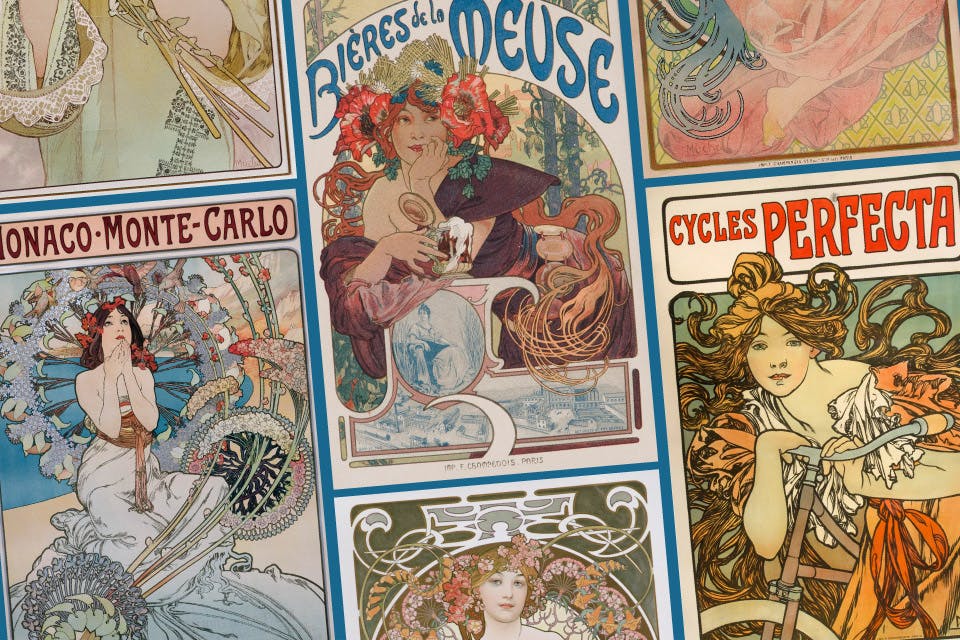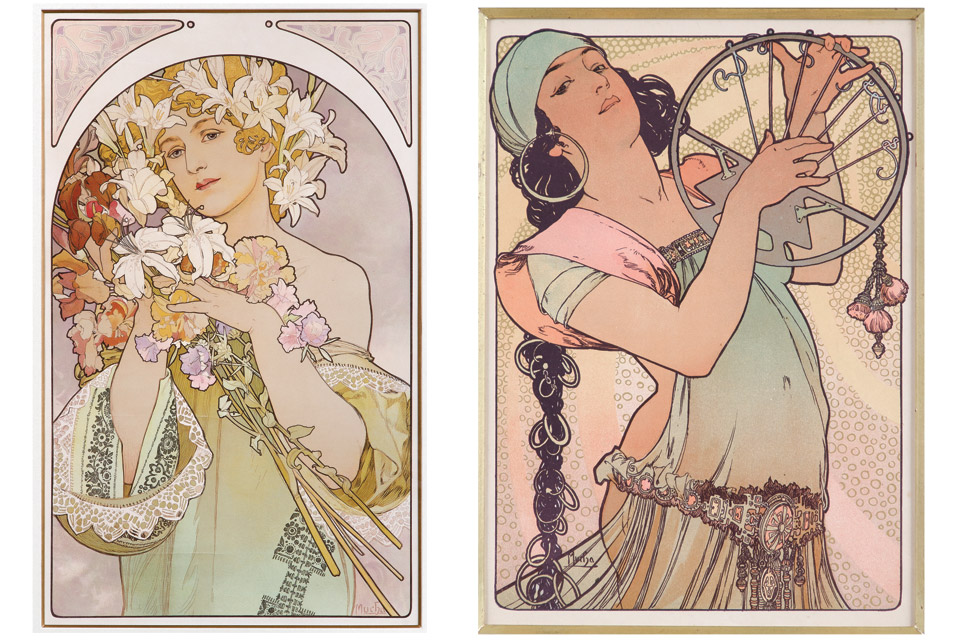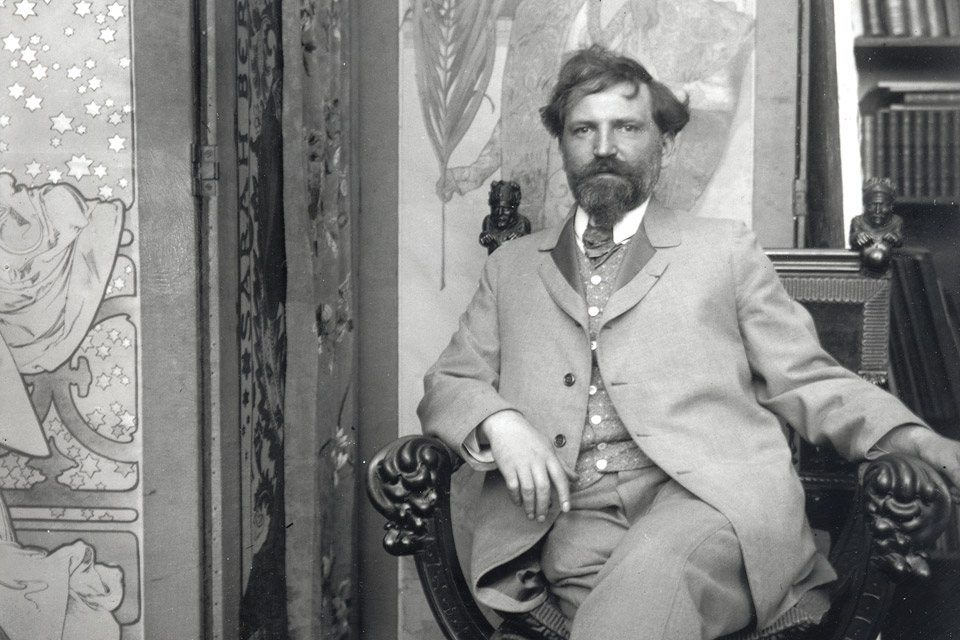Arts
The Art of Alphonse Mucha
The artist depicted beautiful women and elegant lines in clever, highly prized advertisements. The Dayton Art Institute features 75 of his works through Dec. 31.
Related Articles

See ’Heartland: The Stories of Ohio Through 250 Objects’ in Lancaster
The Decorative Arts Center of Ohio hosts an artifact-focused exhibition that tells the story of our state through a collection of family keepsakes and iconic inventions. READ MORE >>

Restoration Begins on George Sugarman’s ‘Cincinnati Story’ at Pyramid Hill Sculpture Park
The colorful, iconic sculpture is undergoing restoration ahead of a 2026 public rededication. READ MORE >>

See ‘The Triumph of Nature: Art Nouveau from the Chrysler Museum’ at the Dayton Art Institute
This exhibition, which runs through Jan. 11, showcases more than 120 works that explore our connection with nature. READ MORE >>





